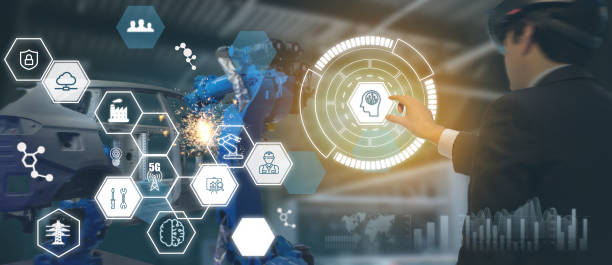Introduction
Natural disasters and emergencies strike without warning, often causing widespread destruction and loss of life. In such critical situations, rapid response and efficient resource management are essential. AI-powered robotics is playing an increasingly vital role in disaster response, providing advanced capabilities to assist rescue teams, assess damage, and save lives. From autonomous drones to AI-driven search-and-rescue robots, technology is revolutionizing emergency management, making operations faster, safer, and more effective.
How AI Robotics Enhances Disaster Response
AI and robotics are transforming disaster relief efforts by improving efficiency, speed, and accuracy in emergency situations. Here’s how they are making a difference:
1. Search and Rescue Operations
AI-driven robots are deployed in disaster zones to locate survivors and provide real-time data to rescue teams. These robots:
- Navigate hazardous environments like collapsed buildings, flooded areas, and fire-stricken zones.
- Use thermal imaging and AI-powered sensors to detect human presence under rubble.
- Operate autonomously, reducing the risk to human rescuers in dangerous situations.
For example, Boston Dynamics’ Spot robot has been tested for disaster response, using its agility and AI to navigate through debris and locate survivors.
2. Drones for Aerial Surveillance and Damage Assessment
AI-powered drones play a crucial role in disaster management by providing real-time aerial footage and mapping affected areas. These drones:
- Survey disaster zones quickly, identifying areas in urgent need of assistance.
- Assess infrastructure damage, helping authorities prioritize recovery efforts.
- Deliver medical supplies to remote or inaccessible locations.
Organizations like the Red Cross and FEMA use AI-powered drones to improve response strategies during hurricanes, earthquakes, and wildfires.
3. AI in Early Warning Systems
AI-driven predictive analytics is helping to forecast and mitigate disasters before they occur. These systems:
- Analyze weather patterns to predict hurricanes, tornadoes, and floods.
- Monitor seismic activity to provide early earthquake warnings.
- Detect wildfires early, allowing firefighters to respond before they spread uncontrollably.
For example, NASA and Google have developed AI models that use satellite data to predict wildfires before they escalate.
4. Medical Assistance and Triage Robots
AI-powered robotic systems are being used in medical emergency response to:
- Administer first aid and deliver medical kits in disaster-hit areas.
- Assist in triaging patients, prioritizing those in critical condition.
- Operate remotely, allowing doctors to diagnose and treat patients from a distance.
During the COVID-19 pandemic, AI robots were used in hospitals to reduce human contact and assist with patient care.
5. Communication and Coordination in Crisis Situations
AI plays a vital role in coordinating emergency response efforts by:
- Processing vast amounts of data to optimize relief operations.
- Providing real-time updates to first responders and government agencies.
- Using chatbots and AI assistants to provide critical information to affected populations.
For example, AI-powered chatbots were used during the Haiti earthquake to help survivors find shelters, food, and emergency contacts.
Challenges and Ethical Considerations
While AI robotics is transforming disaster response, challenges remain:
- Technology Reliability: AI robots must function efficiently in extreme conditions.
- Data Privacy: Handling sensitive survivor information must be done ethically.
- Cost and Accessibility: AI technology must be made affordable for widespread use.
The Future of AI Robotics in Emergency Management
As AI and robotics continue to advance, we can expect:
- More autonomous rescue robots capable of handling complex disaster scenarios.
- Improved AI-driven prediction models for disaster forecasting.
- Faster and more coordinated emergency responses using AI-powered decision-making systems.
Conclusion
AI robotics is reshaping disaster response and emergency management, providing life-saving assistance when it matters most. From search-and-rescue missions to early disaster detection and medical aid, these intelligent systems enhance efficiency and safety in crisis situations. As technology continues to evolve, AI-powered robotics will play an even greater role in protecting lives, reducing disaster impact, and improving global emergency preparedness.

